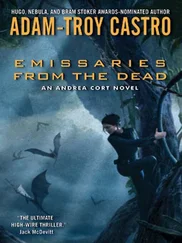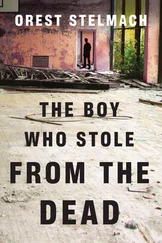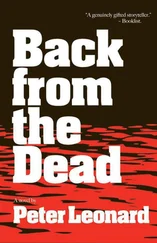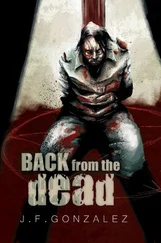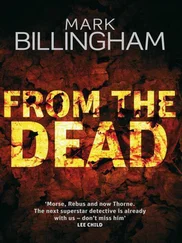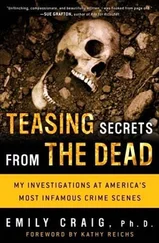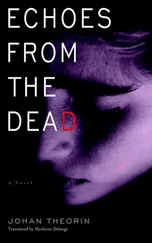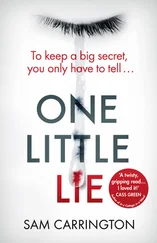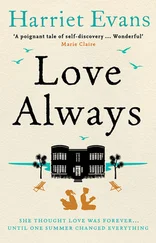With the victim's head tightly wrapped in plastic, I picked up the pieces of bone at the distal, or far, ends of her arms and legs. This was harder than it sounds. Imagine a fireplace in which all the wood has burned away to ash and clinkers. Now you have to go through those clinkers-all of them the same color; each with its own odd, distorted shape-and distinguish between the ones that used to be bone and the ones that used to be wood. They all look pretty much the same, so your only clue is a variation in shape-and, of course, each piece's relationship to the torso.
Working as slowly and carefully as I could and documenting each part of the process, I recovered the bones of each extremity-left arm and hand, left leg and foot, then the right arm, the right leg, putting each extremity into its own carefully labeled plastic box. I took special care with the victim's right arm, where I could see some differences in color in the bone fragments, which again suggested differential burning. My guess was that her arm, too, had been broken into pieces before it burned off in the fire.
With all the small pieces recovered, we were finally ready to bag the torso. I'd learned the hard way to save that for last, having seen many cases in which grabbing the torso first disrupted forever the fragile, fire-ravaged bones of the extremities.
Now the body was gone-but we still weren't through with this victim's associated evidence. Because of the numerous fractures, I strongly suspected that this woman had sustained at least one gunshot wound to the head and one to the arm, so we scooped up the charred and blackened debris that had lain under the victim, hoping it contained a bullet.
Whenever a person is shot, you hope that the bullet is still inside the body. When the body is burned, though, a bullet might fall through the charred flesh into the surrounding debris. I can't stand the thought of losing a bullet, so when I work a potential homicide scene, I make sure to shovel up all of the debris, load it into bags, boxes, or buckets, and take it back with me to the lab. There an x-ray will point me to any bullets or parts thereof. In this case, we'd bagged up the body and the debris-but what if a bullet had passed all the way through the body and landed elsewhere in the mess? Sam and I were taking no chances: The house would remain a protected crime scene until after the autopsies. If I had to come back and put every scrap of wood and ash through a fine archaeological sifter, I was fully prepared to do so.
By the time I finished the recovery and field analysis of the children, I could see they'd most likely suffered the same fate as their mother. As I shared my suspicions with the rest of the team, our determination grew. We were all more than willing to do whatever it took to make sure someone didn't get away with murder. Not this time.
By now, I'd been on the job long enough to realize that most investigators-myself included-tend to divide cases into two categories. There are the ordinary murders, the ones you want to solve but have to accept that you might not. And-even though you always remain impartial with the evidence-there are some cases that really get to you, the ones you know will trouble your sleep for months to come if you don't put the killer behind bars. This was one of those cases. A young woman and two innocent children had apparently been gunned down and then incinerated-and not one seasoned professional at that scene was going to rest until we'd found out who'd done it.
It was after midnight when I got home that night, and the odor of burned flesh, smoke, and blood had seeped into my nose, my skin, and even my hair. I showered for at least thirty minutes, trying to remove the scent of death, until I finally realized the taint was no longer on my body but had burned into my brain. Those weeks in Texas, the bodies of burned children, the odors of singed hair and charred flesh, engulfed me in a flashback that I couldn't repress. I crawled into bed and cried myself to sleep-something I hadn't done since Waco. Luckily, sleep worked its healing magic and I awoke the next morning ready to face a new day.

Less than a week later, Gary Casper McKinney, husband and stepfather of the victims, was arrested, and in 1998 he was on trial, facing three charges of capital murder and multiple other charges, including tampering with physical evidence, arson, and abuse of a corpse. The courtroom testimony mesmerized Pulaski County for more than a week, drawing spectators who filled the churchlike pews, curious to hear what had really happened there on Poplar Bluff Road on that quiet Sunday afternoon. The crowd was divided, somewhat like a rural wedding service, with friends and family of the victims on one side of the room and McKinney 's kin on the other.
The sheriff, his deputies, and the arson and ballistics experts testified one by one. Then it was my turn. We each presented evidence that was pertinent to the case, even playing a videotape of the crime scene that showed men removing the charred bodies from the burned-out structure. When Drs. Hunsaker and Coyne, the two forensic pathologists, gave their testimony, the defendant's fate was sealed. The vivid description of mother Shirley Bowles's death from multiple gunshot wounds was gripping enough, but no one even seemed to breathe as Dr. John Hunsaker revealed that a gun had pumped three bullets directly into the top of eleven-year-old Brian's head. Moments later a gasp echoed throughout the courtroom when Dr. Carolyn Coyne revealed that three-year-old Amy had died instantly after the trigger was pulled on a gun that had been thrust into her mouth.
The day I testified, Sam was waiting for me outside the courtroom. He came up to me, extending his right hand for a handshake and putting his other hand on my shoulder. We stood there looking at each other for the longest time, and I could see the tears in his eyes. “Thanks, Doc,” he said finally, and squeezed my hand one last time before he walked away.
After eight days of testimony and only five hours of deliberation, the jury found McKinney guilty of all three murders and he was sentenced to death. It was the first triple death sentence that anyone could remember in the history of the Pulaski County Circuit Court.

The Pulaski murder was the last one I ever cried over-until my friend Sam himself was assassinated in April 2002. Sam's life was ended abruptly by a sniper's bullet as he was leaving a rally and fish fry held during his campaign for a fifth term as sheriff.
Kenneth White, one of the biggest drug dealers and bootleggers in the county, thought that if Sam was out of the way, a more pliable sheriff might be elected, someone who would look the other way at the criminal activity in Pulaski County. White managed to get one of his henchmen, a former sheriff's deputy, named Jeff Morris, on the ballot, but it soon became clear that no one could beat Sam Catron in a fair election. So White and Morris decided to take more desperate measures. Danny Shelley, a local addict, seemed to be the perfect pawn in their plan, so they convinced him that Sam would kill him if he didn't kill Sam first. On that fateful night, Shelley pulled the trigger from a wooded hilltop overlooking the site of the fish fry and then sped off on White's motorcycle. Men in pickup trucks took off after him, and after a high-speed chase through the mountains, Shelley crashed. The impromptu posse pinned him down until he could be handcuffed and arrested by Sam's deputies.
Shelley almost immediately told authorities all about the scheme, then pled guilty before his case could go to trial. Eventually Morris also pled guilty, but White decided to take his chances before a jury. After more than a week of testimony, that jury took less than an hour to convict and sentence White to life in prison with no possibility of parole.
Читать дальше



